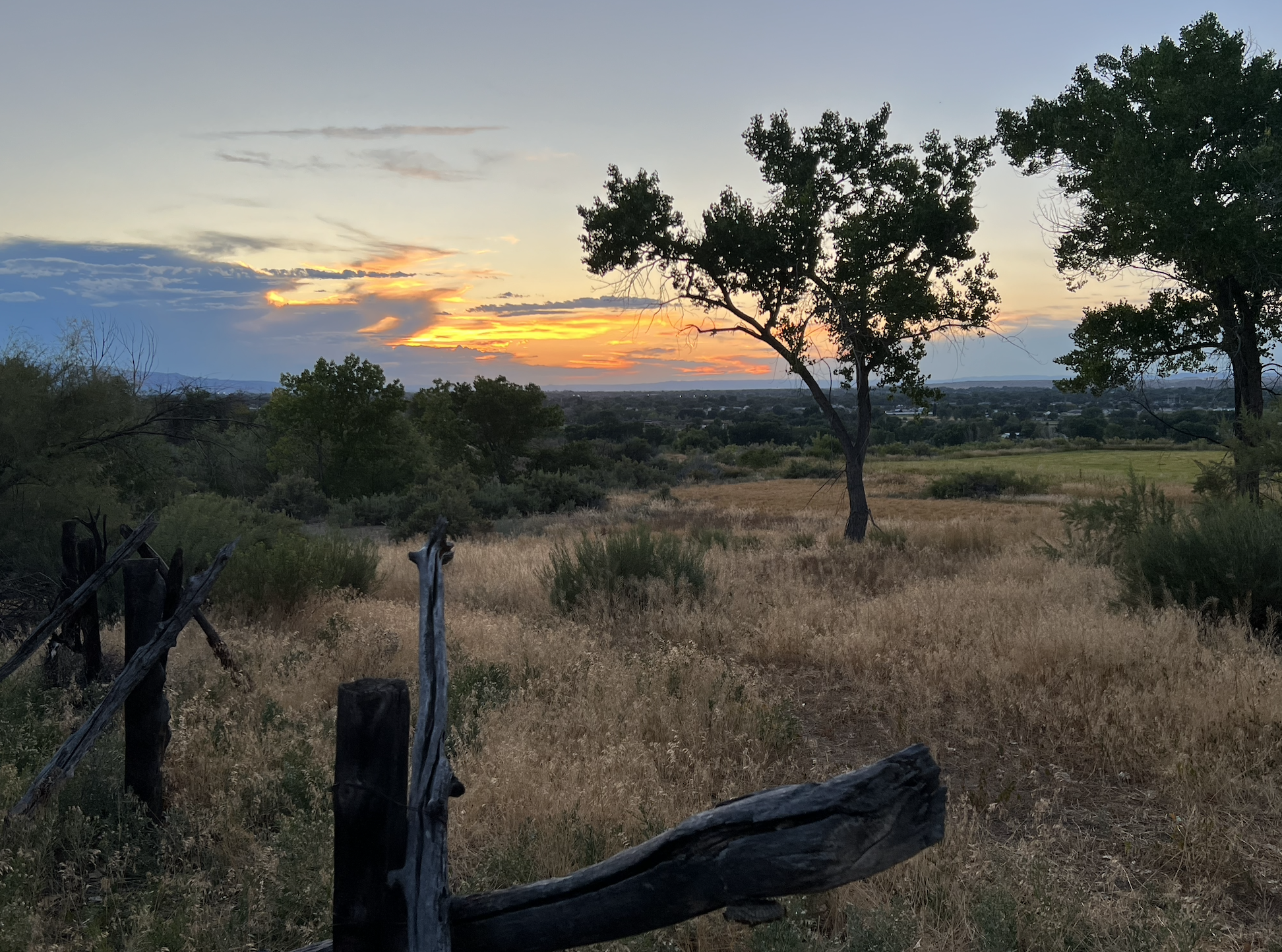
All of the material below is from Calling the Circle: The First and Future Culture, by Christina Baldwin. It’s a great book, that really helped to bring needed attention to some of the “why” and “what” of circle. And Christina is one of my favorite humans on the planet.
All of the material below was compiled by Christina Baldwin and Ann Linnea into a widely-used handout that became “Circle Way Guidelines” available for free download on The Circle Way website. It’s a great resource for any of us applying the “why” and “what” of circle. Just go download it and give it a read.
There’s something about this material below, the precursor, that has such a natural ring and directness to it. These are qualities that I so appreciate in Christina and Ann. There is a way that elders offer, as only elders can, their truth-telling.
Enjoy these, in addition to the Guidelines handout.
and
How to Call A Circle in Community & Professional Settings
Based on the methodology presented in the book, Calling The Circle
– Circle host (often a rotating position) provides a centerpiece to hold group focus and an object to use as a talking piece that is held by whoever is speaking while the rest listen.
– Circle host welcomes everyone, reads the agreements and sets time expectations. If there’s an intention or question, state it. Host for a moment of silence to relax, reflect and become present to the process or read something inspirational.
- Agreements establish shared accountability for the experience among all participants. Agreements create a respectful interpersonal container for conversation. Use generic agreements or generate your own by considering what would allow you to accomplish group purpose.
- Personal story is confidential unless permission is specifically negotiated.
- We listen to each other with open minds and speak our personal truths and convictions.
- Each person asks for what they need and offers what they can.
- When we need a break or refocusing we will pause and take a breath, then continue.
– Go once around the circle as a “check-in” — inviting each person to introduce themselves and speak to the theme .Keep remarks succinct to allow time for everyone to share introductions. Pass the talking piece so only one person speaks at a time and avoid feedback, response, or cross-talk. If a person is not ready to speak at first, they may pass and request the talking piece at the end of the ground.
– With the talking piece, go around the circle again, giving each person another chance to speak without interruption. This round allows time for each person to explore their thoughts, feelings, reactions in an orderly pattern of response. If someone wants to respond to someone’s comments they may do so in their own turn or when the circle is opened for conversation.
– Set the talking-piece in the center and open conversation council. Keep the agreements in mind. Watch timeliness so there is time to close. Call for and utilize pauses so that silence can re-center the group and refresh the dialogue. (Create pauses by agreed signal: ringing bell, rattle, etc. One person may serve as guardian who notices when to call a pause, or anyone in the circle may ask for the signal.)
– To close, use talking piece round again so teach person may speak briefly about what they have received or learned from the conversation or appreciate about each other. End with silence, or any appropriate signal of completion. Process can be offeried in 30-90 minutes.
Yup, really good stuff, simplified, but without losing potency. From the first and for the future culture. Glad to have these available for my practices of hosting circle, both formally and informally. And glad to have these refreshed in me, on the eve of starting another online class, The Circle Way, co-hosting with Amanda Fenton, that begins tomorrow.
